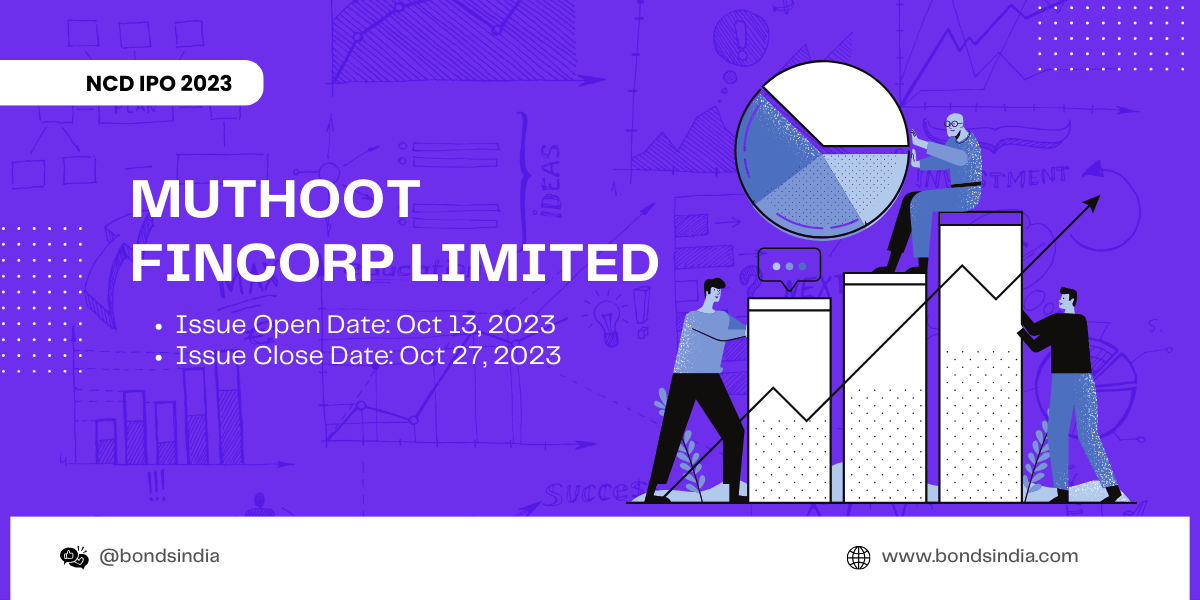According to a Deloitte CPO survey[1], cost reduction and risk management are top priorities for 80% of CPOs in the chemical industry. This becomes even more meaningful while considering the intensifying global competition and the intricate supplier portfolios that significantly impact the procure-to-pay cycle. Besides these two factors, challenges like lack of MRO procurement transparency, fragmented vendor base, etc., are turning out to be complex challenges that must be addressed head-on.
Let’s take a closer look at these challenges, followed by ways to tackle them by embracing the potential of digital supply chain solutions.
Vendor Management Complexities
The chemical industry relies on a complex global supply chain for raw materials and distribution. As a result, enterprises are often involved with a wide range of suppliers, each offering different products or services. Managing this diverse vendor base can be challenging, as each one may have unique requirements, terms, and expectations.
Needless to mention, maintaining consistent quality in chemical products is critical. If a vendor’s products don’t measure up, it can result in quality issues that affect procurement operations. At the same time, building strong supplier relationships, negotiating costs, and ensuring regulatory compliance remain intact in the list of P2P challenges.
Limited supply chain visibility
Most of the chemical companies do not have a clear view of what’s happening in the supply chain management processes. This means that they often can’t easily see and track the various stages of their procurement cycle. Further, this results in inefficiency in handling various aspects of the P2P cycle, including inventory optimization, contingency strategies, customer satisfaction and much more. As a result, this inefficiency can extend the procure-to-pay cycle and increase operational costs.
Lack of Standardization
This is another hurdle in a seamless procurement is the lack of standardization in how chemical companies handle their procure-to-pay (P2P) process. Each organization with different approaches to purchasing, handling invoices, and making payments can make it quite challenging to ensure everything works together smoothly. As an outcome, procurement to payment cycles take longer than they should and are often far from efficient.
Regulatory challenges
In the chemical industry, there are a lot of rules and regulations that companies must follow to keep people safe and protect the environment. These rules cover things like how chemicals are made, procured, used, and disposed of. While managing their procurement processes, companies sometimes face challenges in meeting these regulations.
Addressing Challenges with Digital Transformation
By embracing technologically advanced supply chain solutions, business leaders can navigate the aforementioned challenges and other alarming issues that hinder their procurement operations. Modern supply chain management software are equipped with digitization techniques that help streamline MRO procurement, reduce cost and enhance efficiency.
For instance, companies like Moglix Business provide digital procurement solutions that help chemical enterprises manage their spending proactively. By allowing businesses to track product cost and quality in real-time, these solutions not only make b2b supply chain management hassle-free but also more profitable. The use of advanced analytics, reporting, and business intelligence in these tools provides insights into procure-to-pay performance.
Similarly, digital transformation software involves consolidating and managing supply chain vendors efficiently. Read here how their tailored solution digitized MRO procurement and enabled significant cost savings for a leading chemical company by achieving a 64% reduction in rejection rate. They have helped the company get rid of a fragmented vendor base and unoptimized inventory purchases.






